Rendering of the Forsmark geologic repository for spent nuclear fuel in Sweden. Below ground, the repository covers three to four square kilometers at a depth of 500 meters. (Image: SKB)
The government of Sweden announced on January 27 that it has issued a permit to the Swedish Nuclear Fuel and Waste Management Company (SKB) to build a deep geological repository for spent nuclear fuel at Forsmark in the municipality of Östhammar. The government also issued a permit to construct a spent fuel encapsulation plant in Oskarshamn, where the country’s inventory of spent fuel is currently being stored.
Spent fuel in dry cask storage at the closed Kewaunee nuclear power plant. (Photo: NAC International)
The Department of Energy has restarted its consent-based siting process for identifying sites to store the nation’s spent nuclear fuel. Yesterday, the DOE issued a request for information that “will be used to further develop DOE’s consent-based siting process and overall waste management strategy in an equitable way.”
In a virtual ceremony, CNL and KHNP signed a memorandum of understanding to cooperate on spent CANDU fuel research. (Image: CNL)
Canadian Nuclear Laboratories (CNL) and Korea Hydro and Nuclear Power (KHNP) intend to leverage data collected over decades on the dry storage of spent nuclear fuel to help inform decision-making on future spent fuel storage, transportation, and disposal activities.
Aerial view of the Morris Operation in Illinois. (Image: GE Hitachi)
The Nuclear Regulatory Commission has begun its review of GE Hitachi’s application to renew the license of its Morris Operation, the spent nuclear fuel storage facility in Grundy County, Ill. Notice of the 20-year license renewal application, along with an opportunity to request a hearing or petition for leave to intervene by August 30 was published in the June 30 Federal Register.
A train pushes a container full of old equipment from H Canyon to a Savannah River Site disposal facility to make way for a new spent nuclear fuel dissolving campaign. (Photo: DOE)
The Department of Energy is preparing for an upcoming campaign to dissolve stainless-steel-clad spent nuclear fuel at its Savannah River Site in South Carolina by installing a new dissolver and an additional double-sized tank for storing dissolved material.
Participating in the ceremony to hand over the ISF-2 operating license are (from left) Valery Seyda, acting director general of the Chernobyl nuclear power plant; Ukrainian President Volodymyr Zelensky; and SNRIU Chairman Grigoriy Plachkov.
Ukraine’s State Nuclear Regulatory Inspectorate (SNRIU) has authorized the operation of Chernobyl’s Interim Storage Facility (ISF-2), allowing spent nuclear fuel from the plant’s three undamaged reactors to be loaded into the dry storage facility. The handover of the ISF-2 operating license was carried out during a ceremony held on April 26, the 35th anniversary of the Chernobyl accident, and was attended by Ukraine’s president, Volodymyr Zelensky.






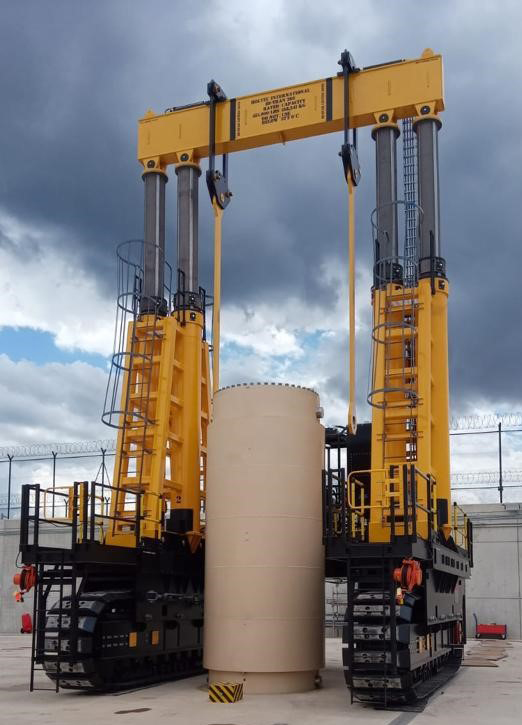
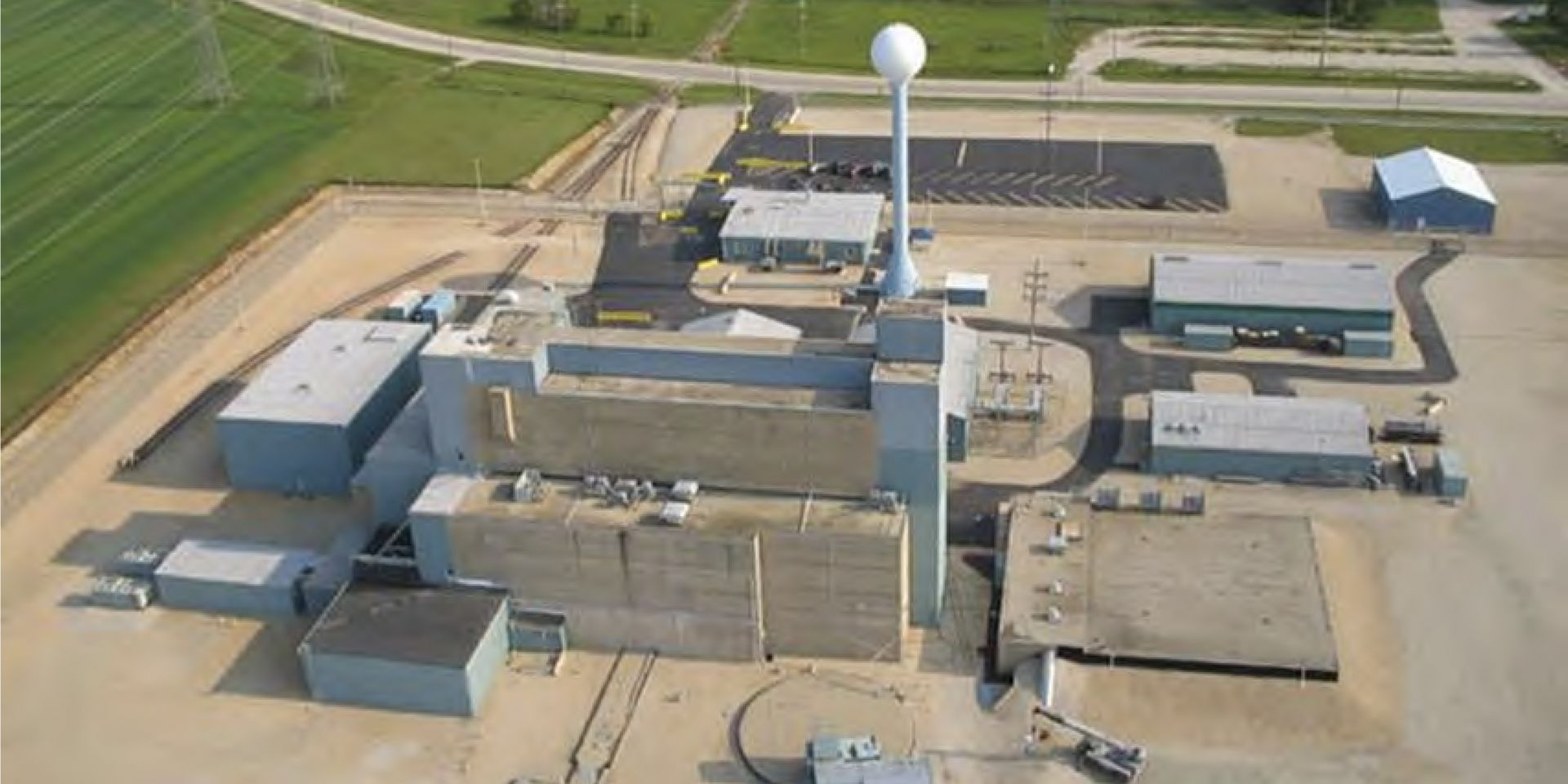 2x1.jpg)
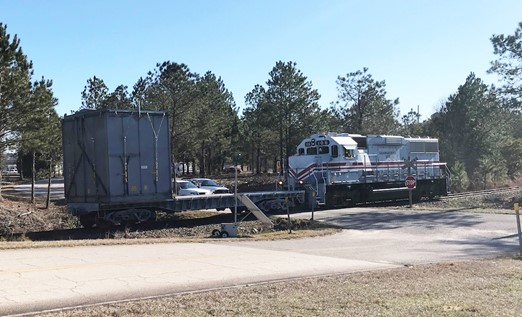
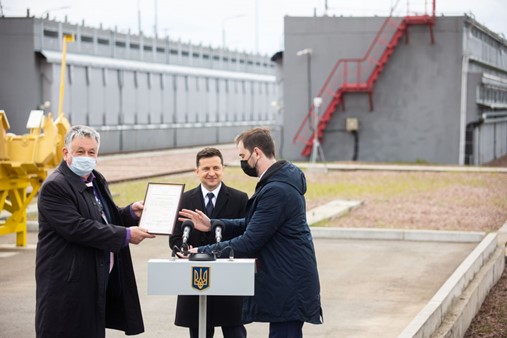
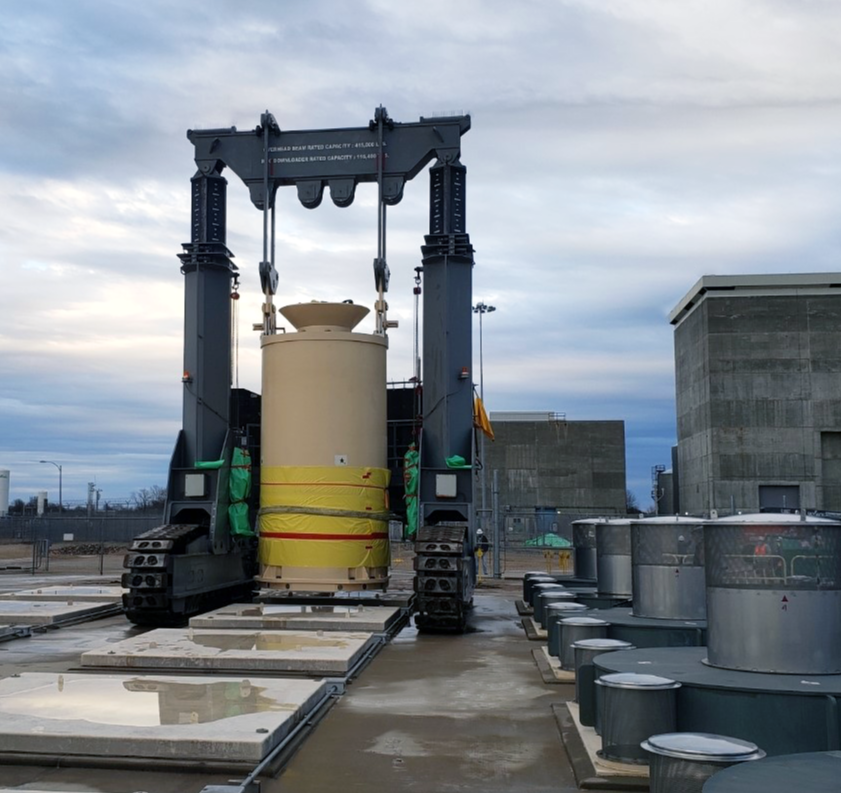
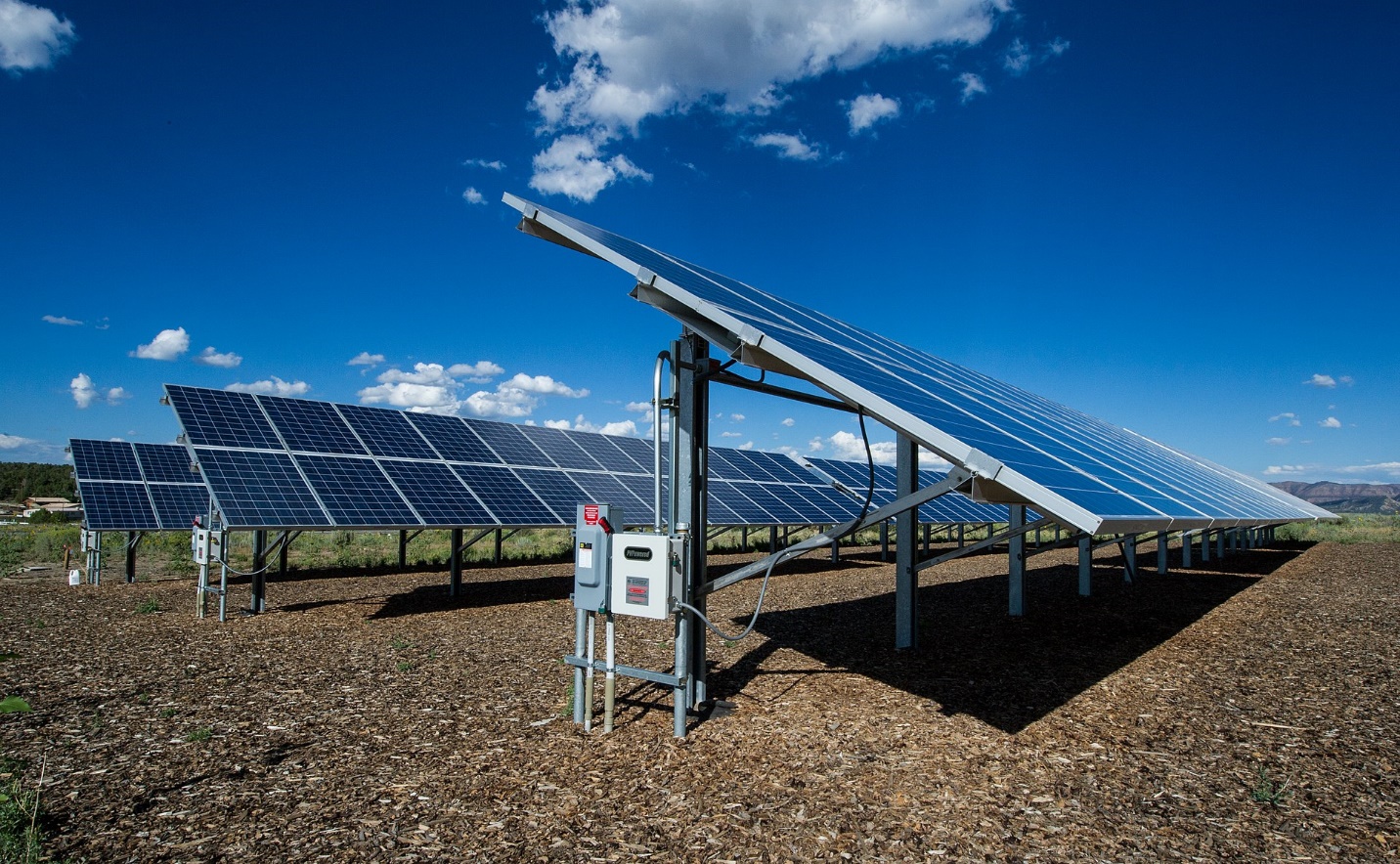 A recent article from
A recent article from  A United States appellate court recently handed down two long-awaited rulings with respect to Yucca Mountain. As most observers expected, both decisions were decidedly in nuclear's favor.
A United States appellate court recently handed down two long-awaited rulings with respect to Yucca Mountain. As most observers expected, both decisions were decidedly in nuclear's favor.